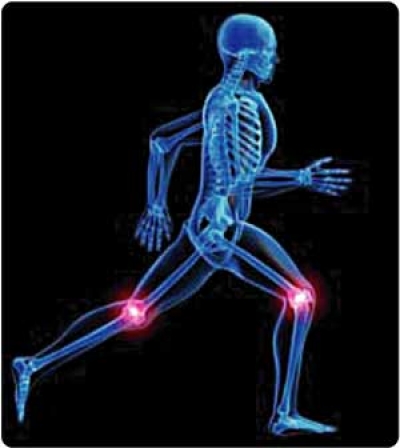Relying on painkillers to fight arthritis pain can be difficult as we find that some drugs aren't as safe or effective as we thought, so many people explore alternative pain relief therapies.
Non-steroidal anti-inflammatory drugs (NSAIDs) got a bad name when the COX-2 inhibitors Vioxx and Bextra were pulled off the market: Studies had revealed they increased the risk of heart attacks and strokes. Although Celebrex and other NSAIDS like ibuprofen and naproxen are still available, they carry some risks of heart disease and of gastrointestinal bleeding.
Opioid drugs like morphine haven’t fared much better. Both doctors and patients are skittish about their risks for dependence and unsettling side effects, such as depression, constipation, nausea, drowsiness and breathing problems.
Still, worry doesn’t quell pain. And pain abounds. According to the National Center for Health Statistics, 76.2 million, or 26 percent of Americans, suffer chronic pain – and more than half of those suffer from arthritis.
The question that plagues many of us is this: Can’t something be done for pain besides pills?
The answer, fortunately, is yes. No one’s saying that pills don’t have their place in managing your pain. But pain physicians are now leaning toward pills’ measured use in combination with an array of alternative therapies for arthritis pain relief – from electrical stimulation to meditation, from pain pumps to shoes.
Consider the following expert advice bout innovative therapies that may offer relief.
1. Topical medications
- What they are: Gels, creams and patches that are applied to the skin supply sodium channel blockers, such as lidocaine or prilocaine. Prescription NSAIDs that come in drops, gels, sprays or patches are also becoming popular.
- How they work: Sodium channel blockers work by numbing nerve endings close to the skin. Topical NSAIDs work by reaching the joint fluid and decreasing inflammatory proteins like prostaglandins, says David N. Maine, MD, director of the Center for Interventional Pain Medicine at Mercy Medical Center in Baltimore. “They have a direct anti-inflammatory effect.”
- Pain they work well for: Sodium channel blockers work best for nerve disorders like diabetic neuropathy or neuropathic pain. Topical NSAIDs help relieve the pain and inflammation common in arthritis.
- Risks: Although studies don’t yet bear this out, physicians believe topicals may pose fewer cardiovascular and gastrointestinal risks than oral NSAIDs because the topicals are absorbed locally rather than throughout the body. Says Dr. Maine: “GI side effects are rare compared to oral nonsteroidals.” About 10 to 15 percent of patients have some reaction, usually skin related, including rashes, irritation or itching.
Source: arthritistoday.org







